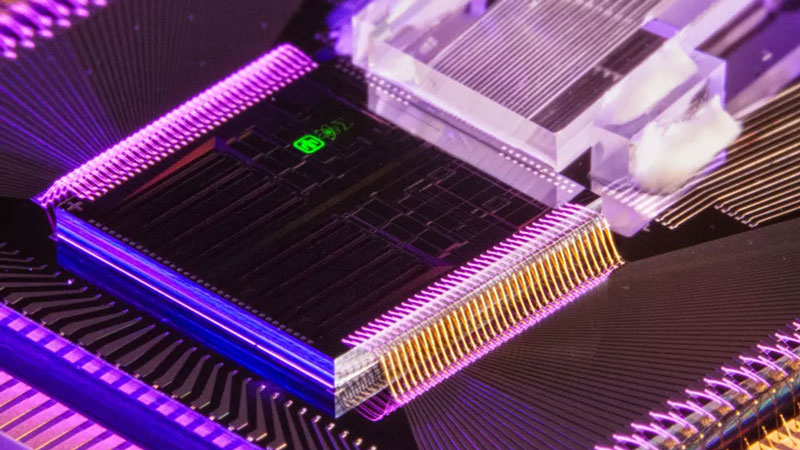In some cases, GPS navigation systems cannot or cannot be used. They can be compromised or blocked for various reasons, and also remain a risk factor in the operation of autopilots. A parallel navigation system without GPS could solve the problem, but so far such systems are the size of a room. Scientists from the United States promise to overcome these limitations and create an affordable miniature “quantum” compass in the near future.

Image source: www.techspot.com
Quantum navigation is based on so-called atomic interferometry. Particles behave like waves, and waves of the same particle can overlap each other and differ in phase. The phase shift and wave interference effects are measured with a laser. Atoms are acted upon by forces, such as gravity, or they feel acceleration or deceleration, angular momentum, etc., which are measured with atomic precision – those same phase shifts and interference. Transferring this data to our world allows us to correlate measurements with all the nuances of the movement of a navigation device on a vehicle. This ensures navigation accuracy is so high that it can exceed GPS capabilities.
For accurate navigation without GPS, six atomic interferometers are needed, which determines the final – rather large – dimensions of the platform. Scientists at Sandia National Labs have managed to surprise by developing ultra-compact optical chips to power quantum navigation systems. They replaced huge laser systems with tiny photonic integrated circuits.
«Using the principles of quantum mechanics, these advanced sensors provide unparalleled accuracy in measuring acceleration and angular velocity, enabling accurate navigation even in areas where GPS is not available,” the developers say.
A key element for the new generation of sensors is a modulator that can control and combine lasers with multiple wavelengths from a single source. This eliminates the need to combine individual lasers (read: multiply the dimensions), because all the work can be done by one laser, using a modulator circuit for this.
In addition to being much more compact, such chips are also more resistant to vibration and shock. Such reliability will allow the use of quantum sensors in the most difficult operating conditions, which can damage modern models. The cost factor is also on the agenda. One modern laser modulator easily overcomes the $10 thousand barrier. Transferring production to silicon wafers with hundreds or more chips on 200- and 300-mm substrates is the key to reducing the cost of solutions and increasing their availability.
The proposed “quantum” compasses can go far beyond the scope of navigation. Quantum mass detectors, for example, can easily cope with mapping hidden underground communications and structures. They may be in demand for optical communications and quantum computing, in rangefinders and more.